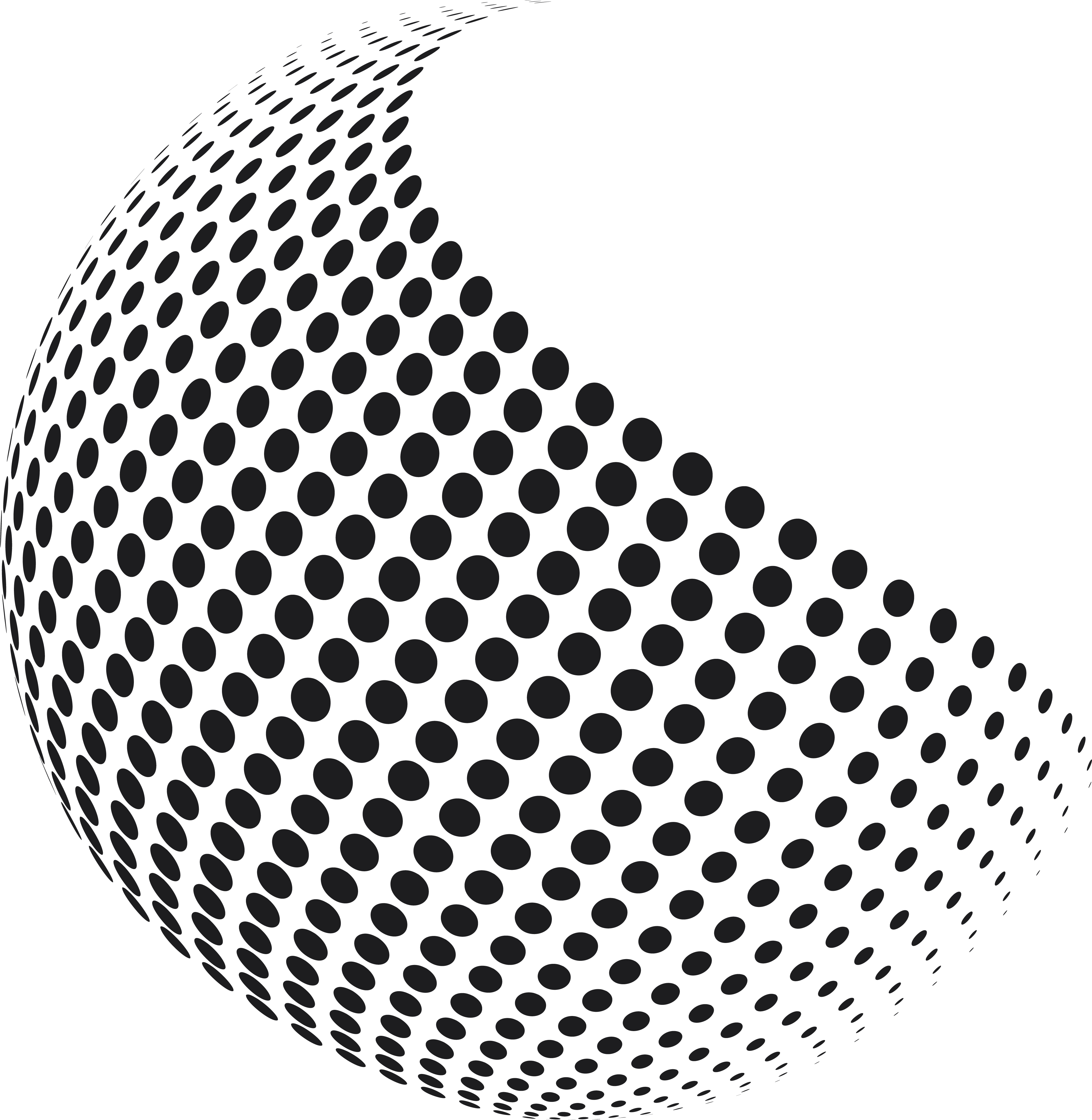Exploring Different Types of Looms
- Grey Exim
- Jul 10, 2023
- 2 min read
Updated: Jan 18
Fabric weaving is an age-old craft that brings textiles to life. Behind the scenes, various looms work their magic, transforming threads into intricate patterns and designs. This blog post will delve into five types of looms: the Power Loom, Sulzer Loom, Air Jet Loom, Rapier Loom, and Gripper Loom. Each loom has its unique features and capabilities, contributing to the artistry and innovation of fabric production.

Power Loom

The Power Loom revolutionised the textile industry during the Industrial Revolution. It operates using mechanical power and automated processes, allowing mass production of fabrics on a large scale. With the ability to weave intricate patterns and handle different fabric types, Power Looms were pivotal in meeting the growing demand for textiles during this era. Exploring different types of looms here.
Sulzer Loom

Renowned for its precision and efficiency, the Sulzer Loom is widely used in the textile industry. This loom is known for its ability to weave complex patterns and easily handle various fabric types. Its advanced technology ensures high-speed weaving, resulting in faster production rates and improved productivity.
Air Jet Loom

The Air Jet Loom utilizes compressed air to propel the weft yarn through the shed, enabling high-speed and efficient fabric production. This technology allows for quick weft insertion and reduces the time required for each weaving cycle. Air Jet Looms are particularly suitable for producing lightweight and medium-weight fabrics.
Rapier Loom

Rapier Looms are known for their versatility and adaptability, making them suitable for various fabrics. These looms employ a rapier mechanism to transfer the weft yarn across the warp threads, enabling the weaving of intricate patterns and complex weave structures. Rapier Looms excels in handling lightweight and heavyweight fabrics, offering flexibility in textile production.
Gripper Loom

Designed to produce heavyweight and technical fabrics, Gripper Looms are equipped with a robust gripping mechanism for precise weft insertion. They can handle dense and tightly woven materials, making them ideal for industrial applications. Gripper Looms provide the power and strength required for weaving heavyweight fabrics with intricate designs.
Conclusion
Understanding the different types of looms is essential to appreciate the diversity and innovation within the fabric weaving industry. From the Power Loom's role in the industrial revolution to the precision of Sulzer Looms, the efficiency of Air Jet Looms, the adaptability of Rapier Looms, and the robustness of Gripper Looms, each type of loom brings its unique contributions to the art and craft of fabric production. By embracing these technologies, we can continue to push the boundaries of creativity and create textiles that inspire and delight.

Comments